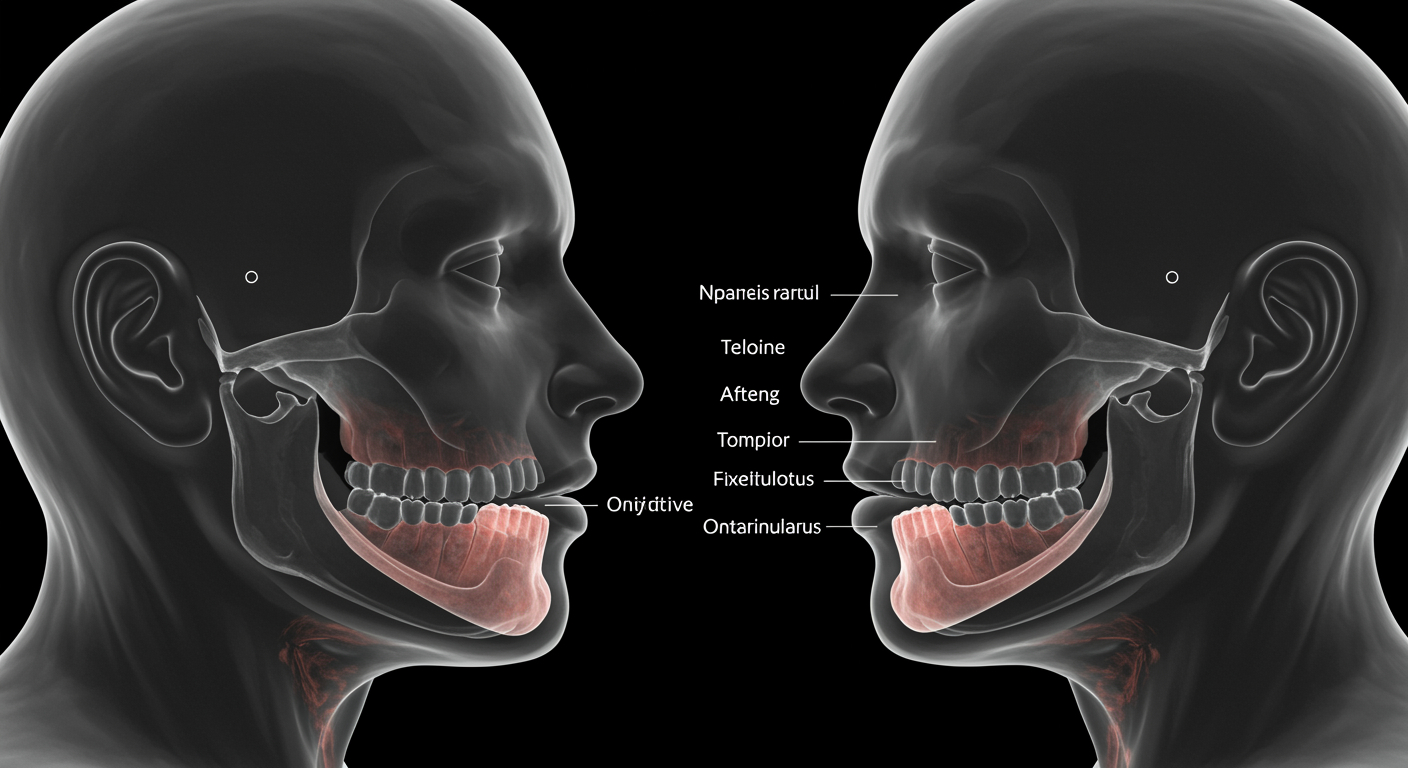Jaw surgery, also known as orthognathic surgery, is a procedure that can bring significant improvements to a person’s quality of life. However, misconceptions about the process and its purpose often create unnecessary apprehension. Let’s address some of the most common myths and uncover the truth behind them.
Myth 1: Jaw Surgery Is Solely Cosmetic
The Truth: While jaw surgery can certainly enhance facial symmetry and appearance, its primary purpose is functional rather than aesthetic.
Many patients undergo jaw surgery to correct problems such as difficulty chewing, speech impediments, breathing issues (like sleep apnea), or misaligned bites that can lead to TMJ disorders or excessive wear on the teeth. The cosmetic benefits are often a welcome bonus, but they are not the main goal of this procedure.
Myth 2: Jaw Surgery Is Only for Adults
The Truth: Jaw surgery is not limited to adults. While patients generally need to wait until their facial bones have stopped growing (typically in the late teens or early 20s), younger patients may be eligible for surgery in cases of severe abnormalities or conditions that impact their health or development.
Orthodontists and surgeons carefully assess each case to determine the right timing for intervention, ensuring the procedure is both safe and effective.
Myth 3: Jaw Surgery Is Always Painful
The Truth: Advances in surgical techniques and pain management have significantly reduced discomfort during and after jaw surgery.
Patients are placed under general anesthesia during the procedure, so they experience no pain at the time. Post-surgery discomfort is managed effectively with prescribed pain relief and self-care measures such as cold compresses and a soft diet. Many patients are surprised at how manageable their recovery feels, especially with proper support from their medical team.
Myth 4: Jaw Surgery Has an Extremely Long Recovery Time
The Truth: Recovery from jaw surgery is much more efficient today than it was in the past.
While the initial healing phase lasts about six to eight weeks, many patients can return to normal activities, such as school or work, within two to four weeks. Complete recovery, including the fusion of bones and return to full strength, may take several months, but advancements in surgical techniques have minimized disruptions to everyday life.
Your surgeon will provide a detailed recovery plan, including follow-up visits and tips for reducing swelling and supporting healing. With patience and care, most individuals find the post-surgery process more manageable than they anticipated.
Why Understanding the Myths Matters
Believing these myths can delay individuals from seeking treatment that could significantly improve their health and well-being. Jaw surgery is much more than a cosmetic procedure—it addresses functional issues, improves quality of life, and has become safer and less invasive thanks to modern medicine.
If you’re considering jaw surgery or have been recommended for it, consult an experienced orthodontist or maxillofacial surgeon. They can answer your questions and help you determine the best course of action for your needs.
By separating fact from fiction, you can make informed decisions and take proactive steps toward living pain-free and confidently!





